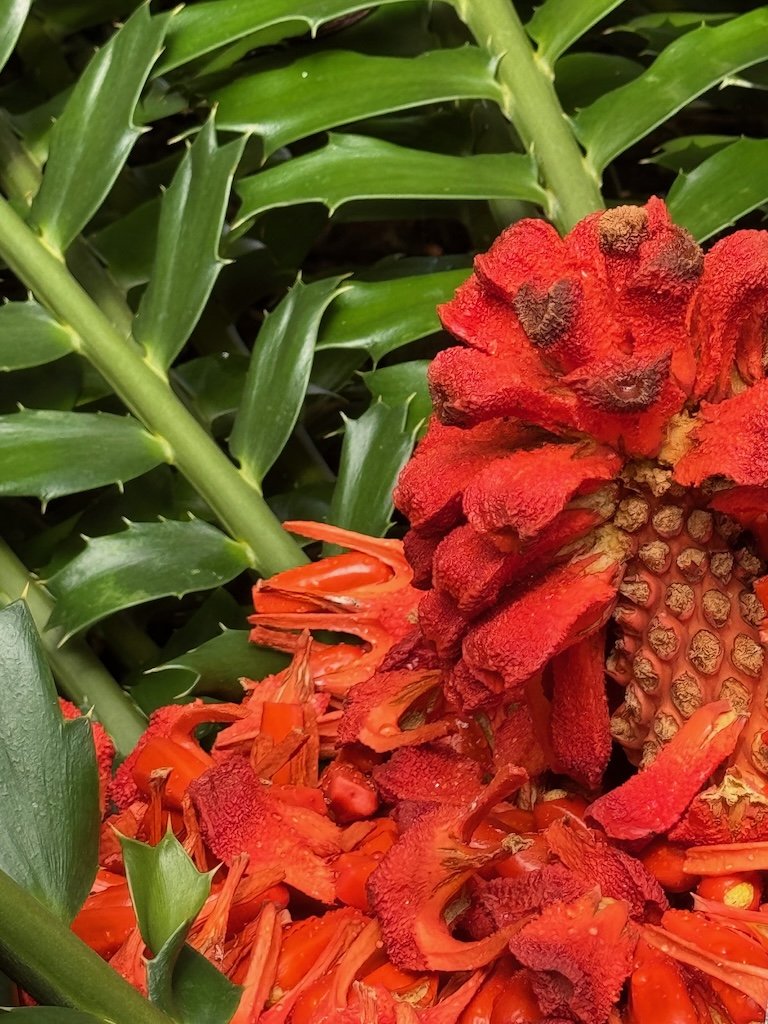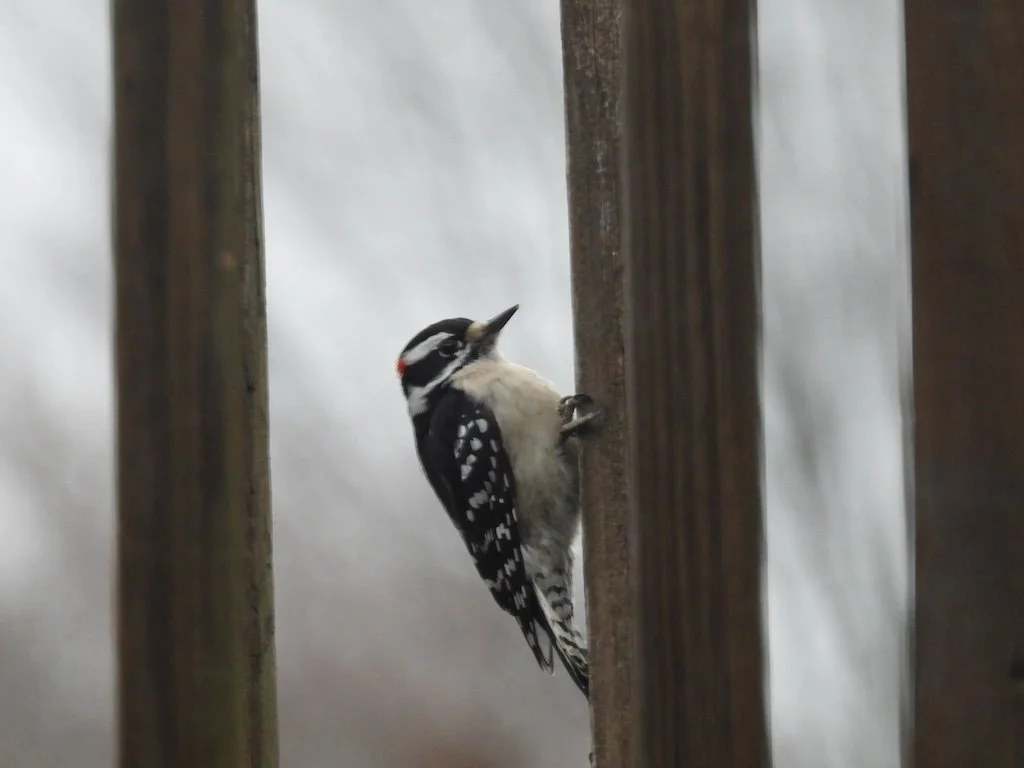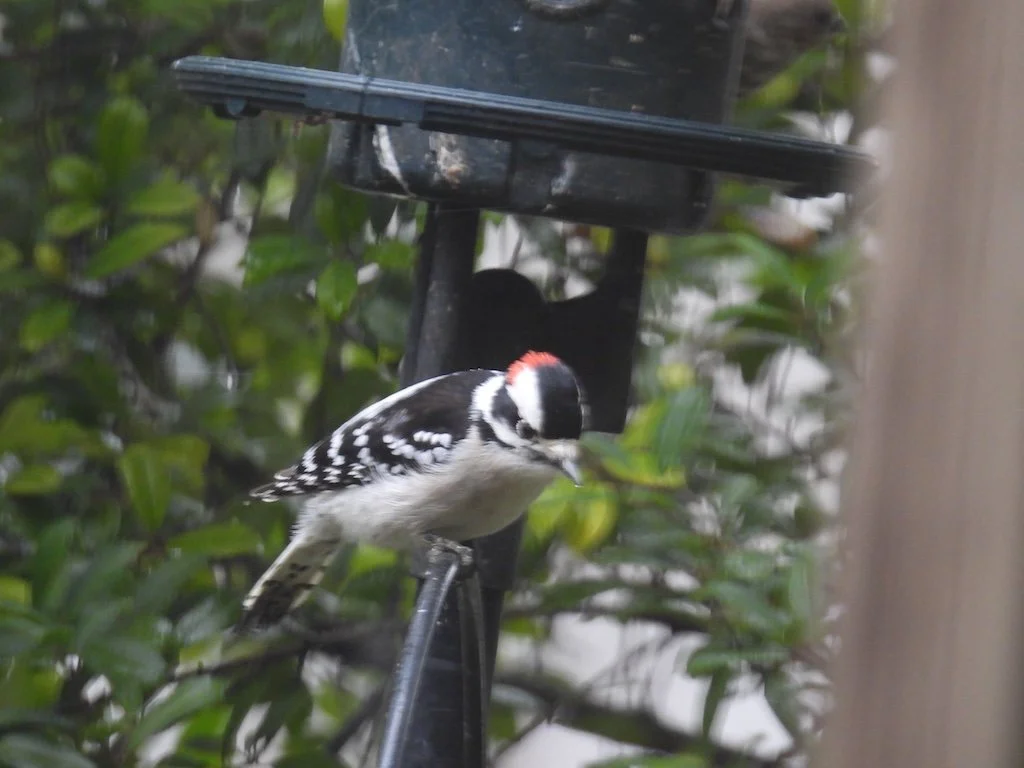The items below were ‘the cream’ of the articles and websites I found this past week. Click on the light green text to look at the article.
A Five-Pound Hunk of the World’s Oldest Known Synthesized Pigment Was Found in Nero’s Palace – Egyptian Blue. The pigment is a synthetic pigment produced by firing a mixture of silica, limestone and minerals containing copper and sodium carbonate at high temperatures. The Roman architect Vitruvius recorded the recipe in his treatise De Architectura in the first century B.C.E., reflecting how the color spread through the Mediterranean world. Archaeologists discover traces of Egyptian blue that are all but imperceptible to the human eye. For instance, with the help of microscopes and luminescent imaging, researchers at the British Museum discovered that Egyptian blue once adorned the Parthenon marbles.
See the First Stunning Images Taken by the Blue Ghost Lunar Lander on Its ‘Scenic Route’ to the Moon – It still has a few months before reaching the moon….lots of Blue Marble views.
Changing cholesterol over time tied to risk of dementia – Interesting result. I wondered if cholesterol fluctuation is more concerning that merely being high….that there in an underlying reason for the fluctuations that indicates a problem that is not being directly addressed by the medications that generally are trying to lower cholesterol.
Astronomers have spied an asteroid that may be heading for Earth. Here’s what we know so far – On December 22, 2032, the asteroid 2024 Y04 might collide with Earth. It was first detected on December 27, 2024 and will continue to be observed until it will be lost to our telescopes until we will see it again in 2028 and refine what we know….be able know for sure whether there will be a collision and where on earth the collision will be. In just the past few years, we have discovered 11 asteroids before they hit our planet. In each case, we have predicted where they would hit, and watched the results. We have also, in recent years, demonstrated a growing capacity to deflect potentially threatening asteroids.
An Arctic 'beyond recognition' by 2100 - Under 2.7 degrees Celsius of warming, the Arctic region is likely to experience the following effects:
Virtually every day of the year will have air temperatures exceeding pre-industrial temperature extremes.
The Arctic Ocean will be free of sea ice for several months each summer.
The area of the Greenland Ice Sheet that experiences more than a month of surface temperatures above 0 degrees Celsius will quadruple compared with pre-industrial conditions, causing global sea levels to rise faster.
Surface-level permafrost will decrease by 50 percent of pre-industrial levels.
Study Highlights Challenges to The Electrification Of Homes In The US - Solar powered homes demonstrated impressive resilience during summer heat waves. However, they proved remarkably vulnerable during winter storms. In fact, fully electrified homes were nearly three times more vulnerable to winter outages, compared to those drawing power from mixed energy sources. The integration of distributed energy resources such as solar and battery storage has emerged as a critical factor in household resilience.
Sky skimmers: The race to fly satellites at the lowest orbits yet – A handful of pioneering companies have begun work on designs for satellites that may be able to orbit the planet at unusually low altitudes while simultaneously harvesting air and using it to make propellant – literally on the fly. This new generation of orbiters could enable ultra-high-definition surveillance of activities on the ground, or superfast satellite-based communications. The race is on. (I wondered if the US activities mentioned in the post are going to survive budget cuts.)
Low-level traffic air pollution linked to liver damage and fatty liver disease - When we inhale air pollution, the very tiny particles known as PM2.5 enter the bloodstream through the lungs. The liver, which filters toxins from the blood, then accumulates these substances, which can include heavy metals such as arsenic, lead, nickel and zinc. The study authors suggest avoiding peak hour traffic, taking less congested routes when walking or cycling or consider wearing a mask, and keeping car windows closed with air recirculation mode on while driving in heavy traffic.
Hitting Its Stride or Hitting a Wall? South Texas at a Watershed Moment - Between extreme heat, flooding, drought, and the vagaries of politics and international trade, there is a growing fear that the Valley’s boom times could come to a grinding halt — or worse, that the region will experience the same type of climate-related exodus that has pushed many of today’s current immigrants to its doorstep. An even bigger question is whether the region has become a harbinger of mounting international tensions over shrinking resources that are expected to play out with more frequency in coming years.
Searching the entire sky for the secrets to our universe - As soon as the end of February, NASA and the Jet Propulsion Laboratory will launch a new telescope into orbit around the Earth. SPHEREx will join the ranks of other space telescopes, filling in a crucial gap by detecting infrared light with wavelengths too long to see with the naked eye. It's an important addition because no single instrument can fully perceive the universe and its contents. Infrared can also be used to detect the unique fingerprints of particular molecules in the universe, including the basic components of life — water and organic materials frozen in the ices of interstellar dust clouds where stars are born.























































































































































































































































